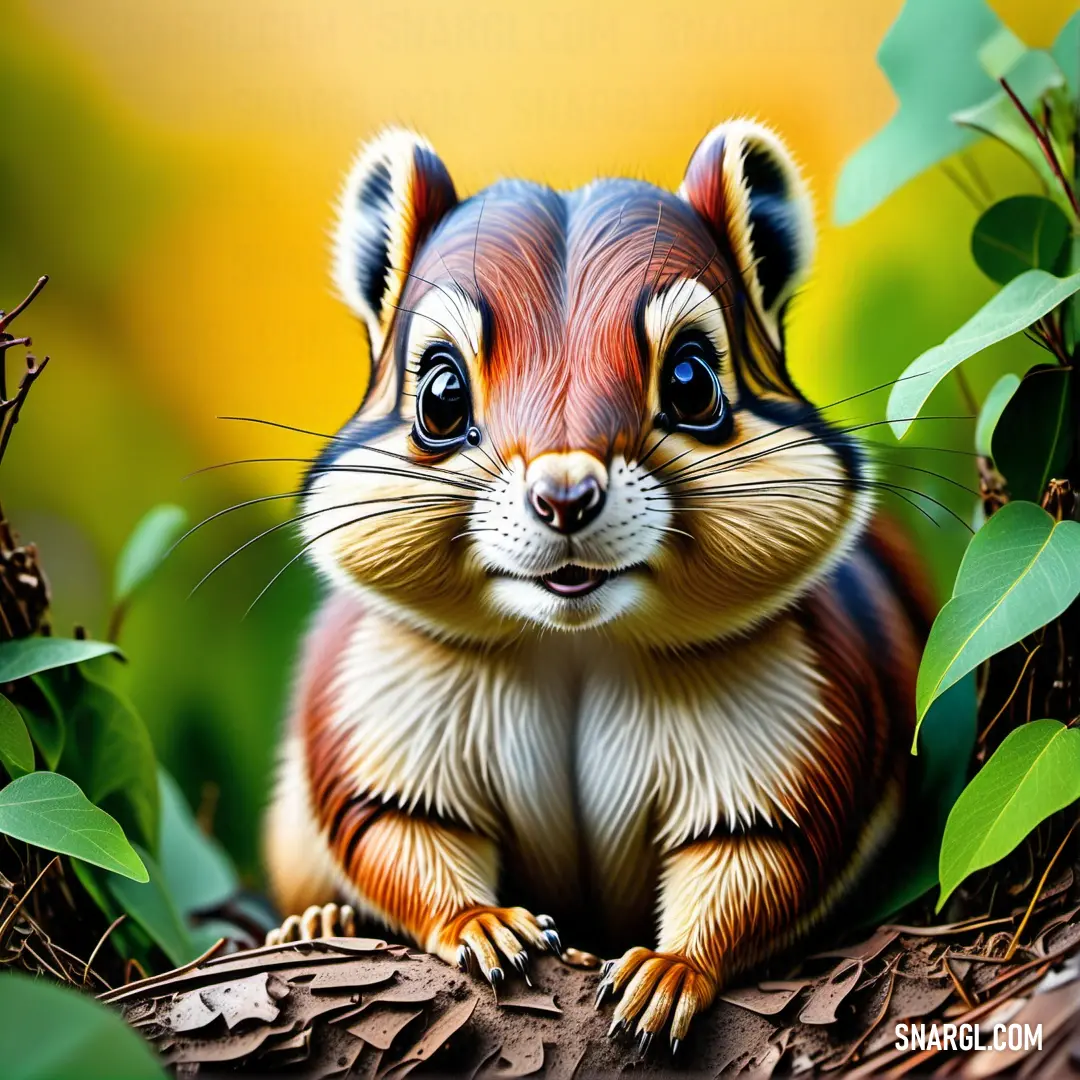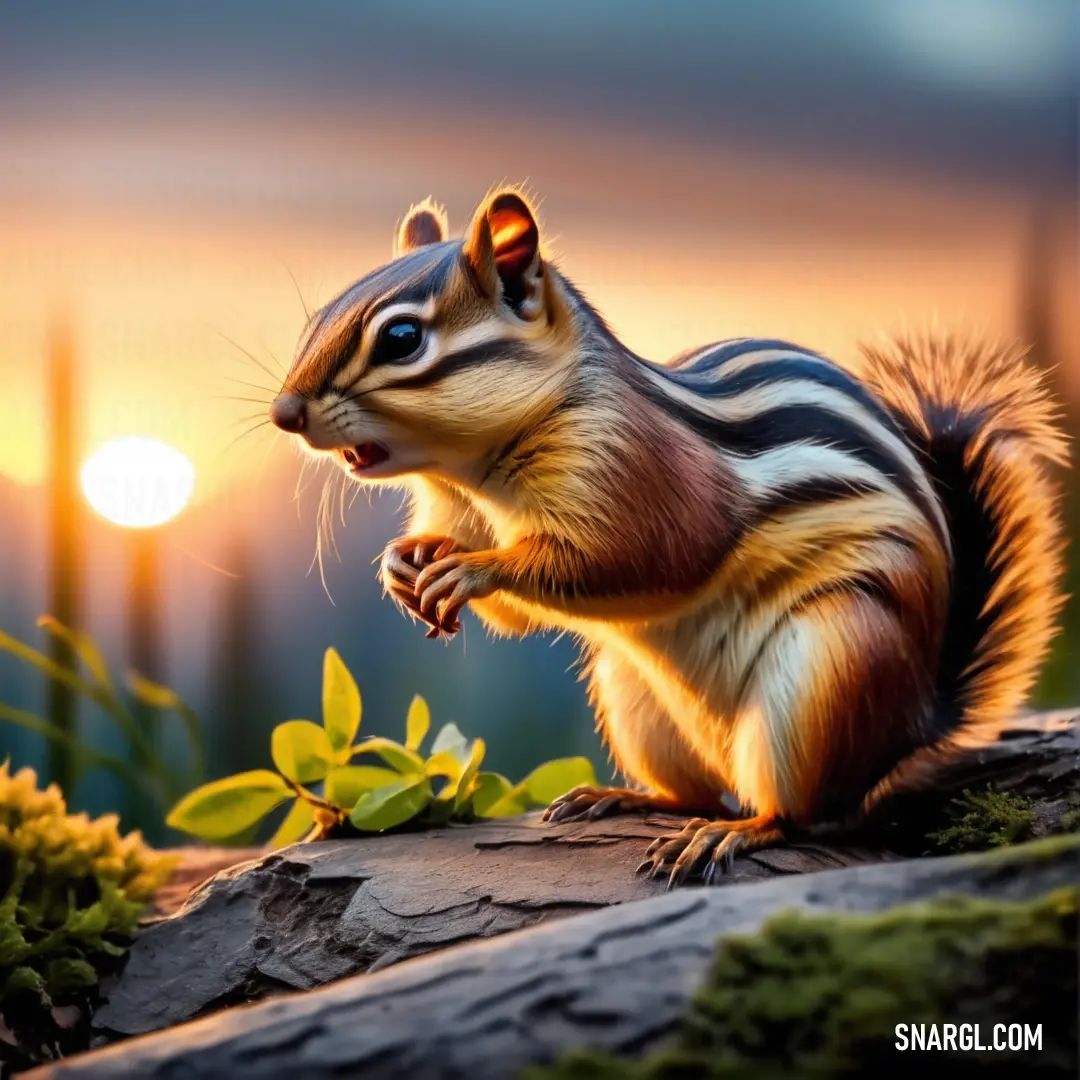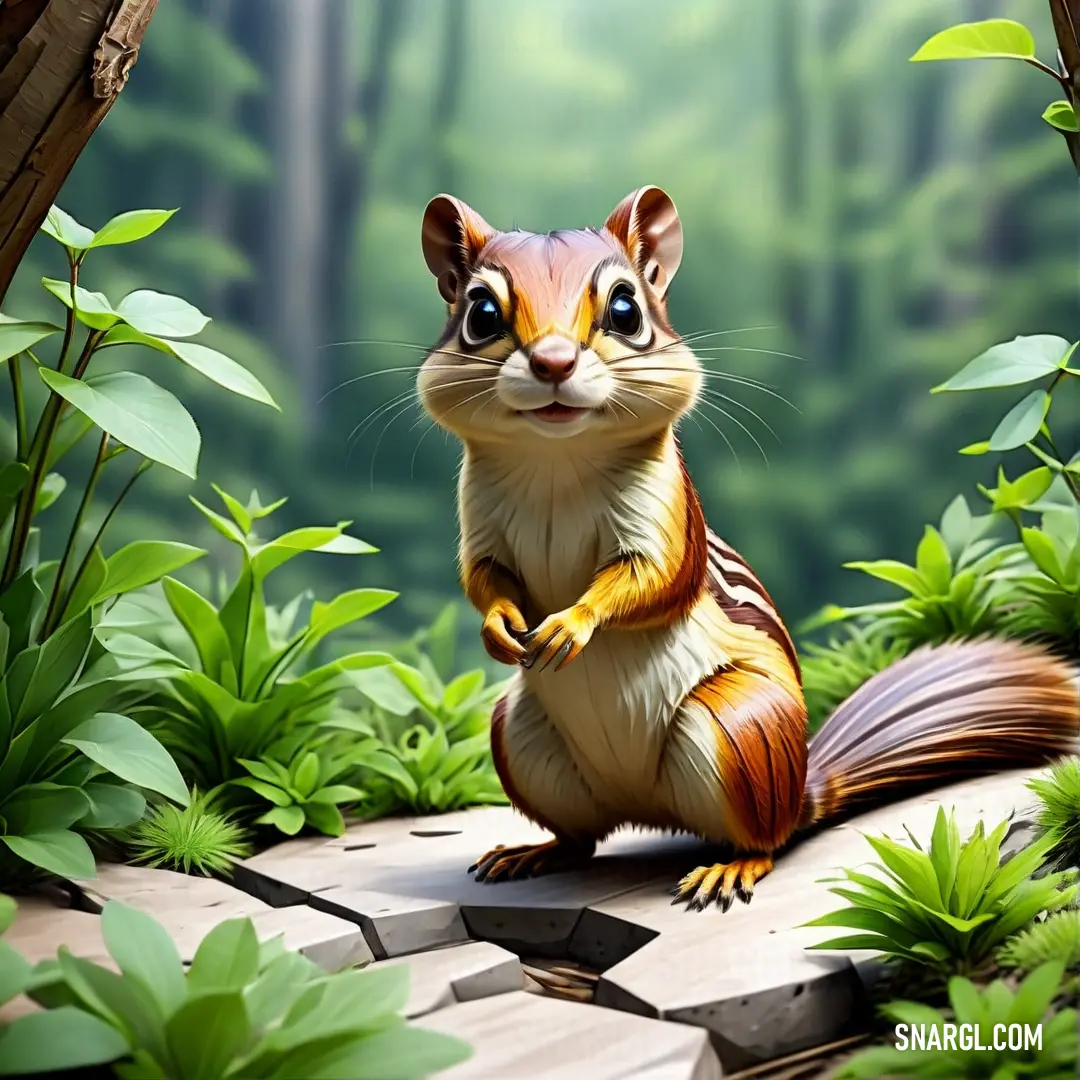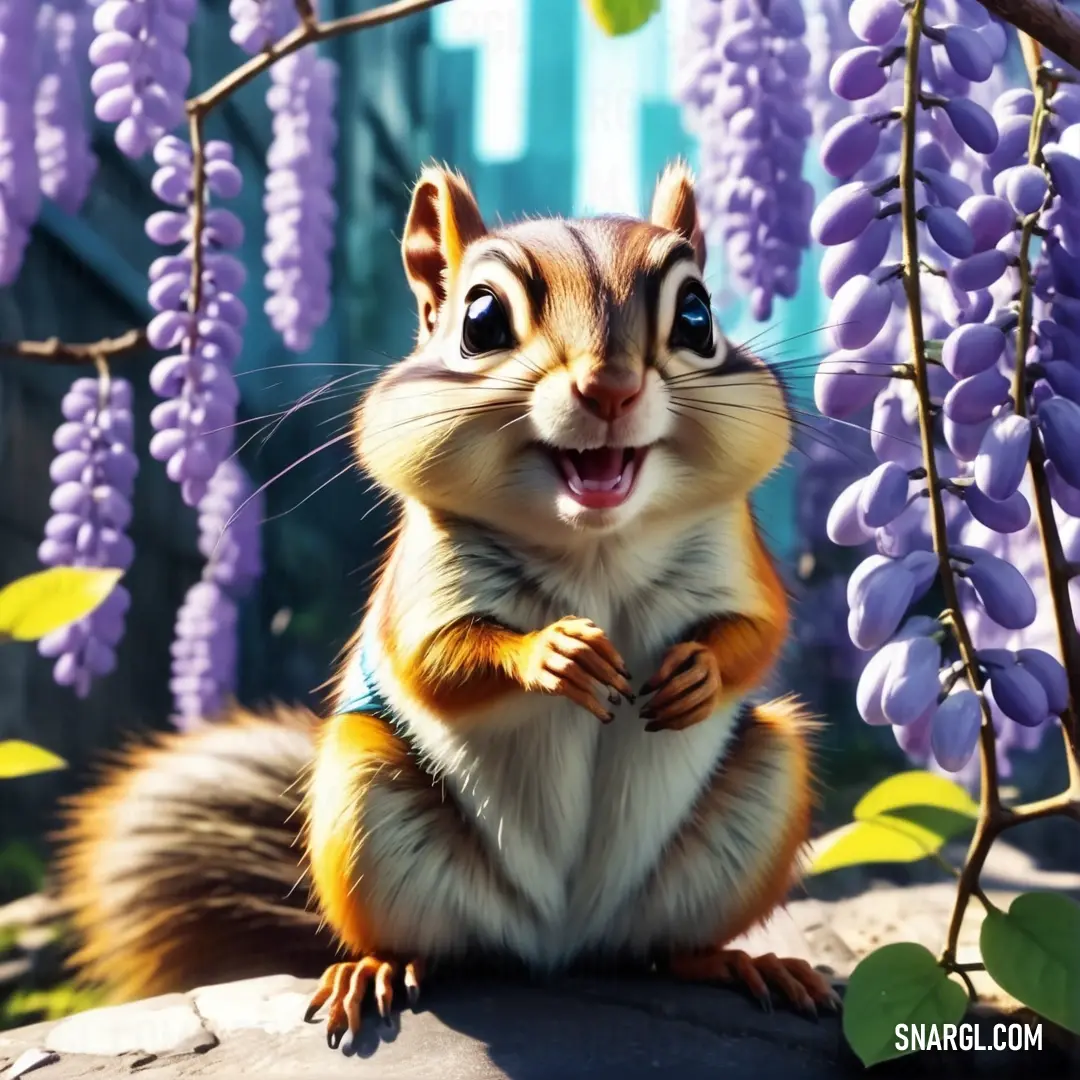On the windswept hills of Maplewood Farm, where golden wheat fields danced like waves beneath the azure sky, there lived a livestock farmer named Sequoia. He was a man of quiet strength, often found tending to his sheep and embracing the calming routine of farm life. The close-knit harmony of the farm felt like a haven, especially with his cheeky chipmunk pet, Penny, darting around his feet. Penny, with her soft golden fur and sparkling eyes, was a notorious troublemaker but possessed a charm that made her irresistible.
One autumn evening, as the sun dipped below the horizon, casting long shadows over the barn, Sequoia discovered something out of the ordinary. While tidying up the dusty loft, he stumbled upon an old box adorned with faded floral patterns. Curious, he dragged it into the soft light stream through the window. The box creaked open to reveal a soft plush toy - a remarkably crafted chipmunk, with button eyes that seemed to twinkle mischievously.
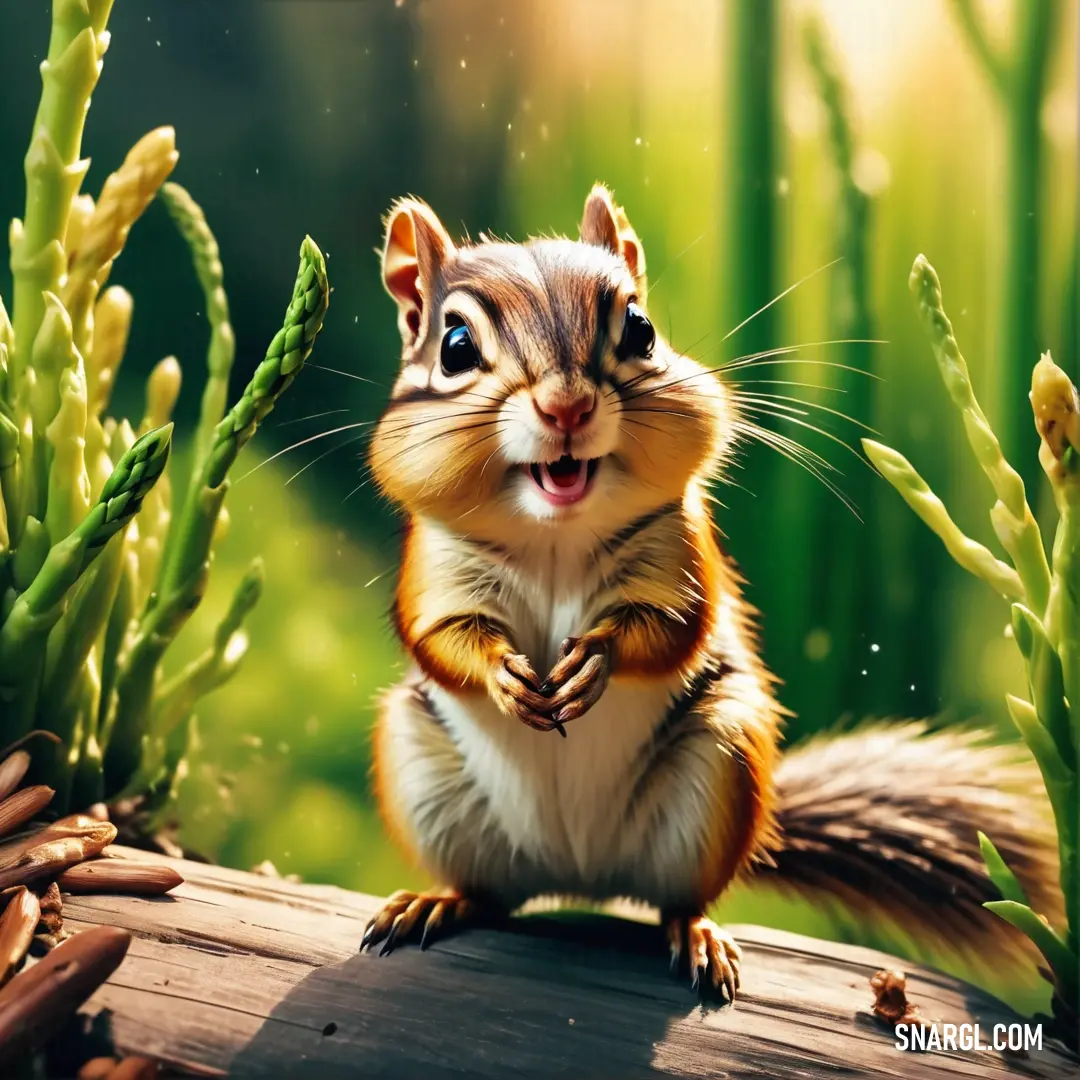
Focused and determined, a woodpecker chips away at the wood, its body poised in a perfect balance of action and concentration as it works with precision.
Penny, excitedly perking up, bounded toward the plush toy, her nose twitching with curiosity. Sequoia chuckled, mesmerized by the sight of his spunky pet meeting her plush counterpart. Penny reached out, nudging the toy with her tiny paws, as if trying to establish a form of communication. However, the plush chipmunk remained still, its expression mysteriously unfazed.
That night, as the stars twinkled overhead and the moon lit up the farm, Sequoia was jolted awake by a soft rustling coming from the direction of the loft. Intrigued, he padded across the wooden floorboards, the sounds growing clearer - a mix of tiny squeaks and what sounded like soft giggles. With a hesitant approach, he peered into the loft, where he was met with an astonishing sight.
Penny was standing beside the plush chipmunk, her cheeks puffed out as if whispering a secret. To Sequoia's astonishment, the plush toy was now animated, moving and flashing its button eyes with mischievous delight. The scene felt surreal, as if the barriers of reality had melted away. "Penny, what in the world is happening here?" Sequoia whispered, half in awe and half in disbelief.
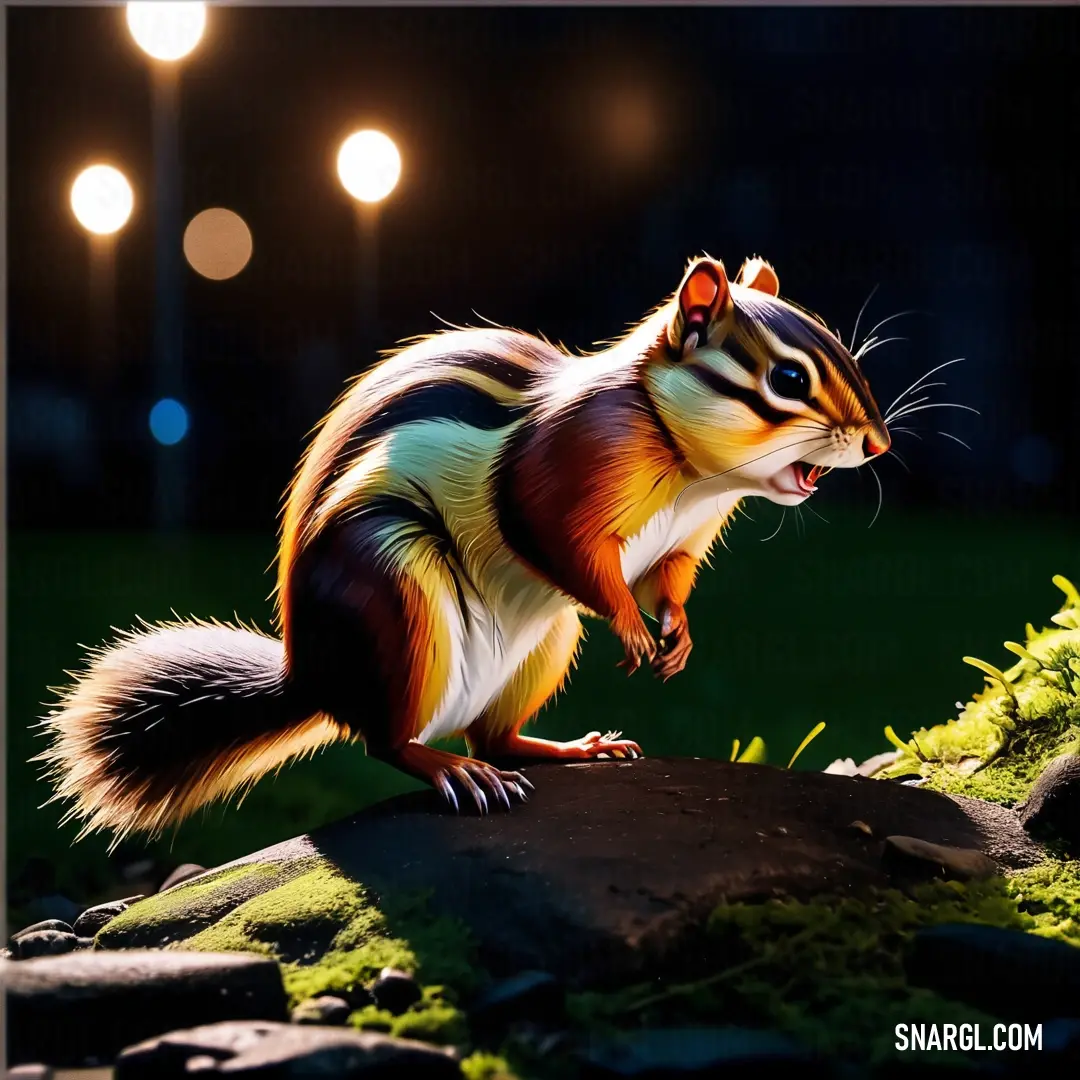
In the soft evening light, this chipmunk stands still, surrounded by calm grass and distant lights, offering a peaceful moment of nature in the midst of the evening’s quiet.
The plush chipmunk began to hop around, its movements synchronizing playfully with Penny's eager Russian movement. With every leap and bound, the plush toy sparkled faintly, trailing a hazy twinkle that filled the loft with a sense of whimsy. They twirled, played, and spun in a charming dance that felt joyous and liberating. It was as if the chipmunk had a life of its own, awakening from decades of slumber to join in on the evening's festivities.
Sequoia watched, half enthralled, half wary. Could he have stepped into a fantastical dream? "What enchanted magic do you possess, little one?" he murmured, flabbergasted by the ecstasy of the moment.
As the clock ticked closer to midnight, a gentle calm settled over the scene, and the plush chipmunk suddenly paused, turning to Sequoia with a knowing look. It seemed to beckon him closer, tapping one of its tiny paws against its plush chest, as if wanting him to understand an unspoken message. Suddenly, Penny scurried forward, offering a few acorns she had collected throughout the day as a token of friendship.
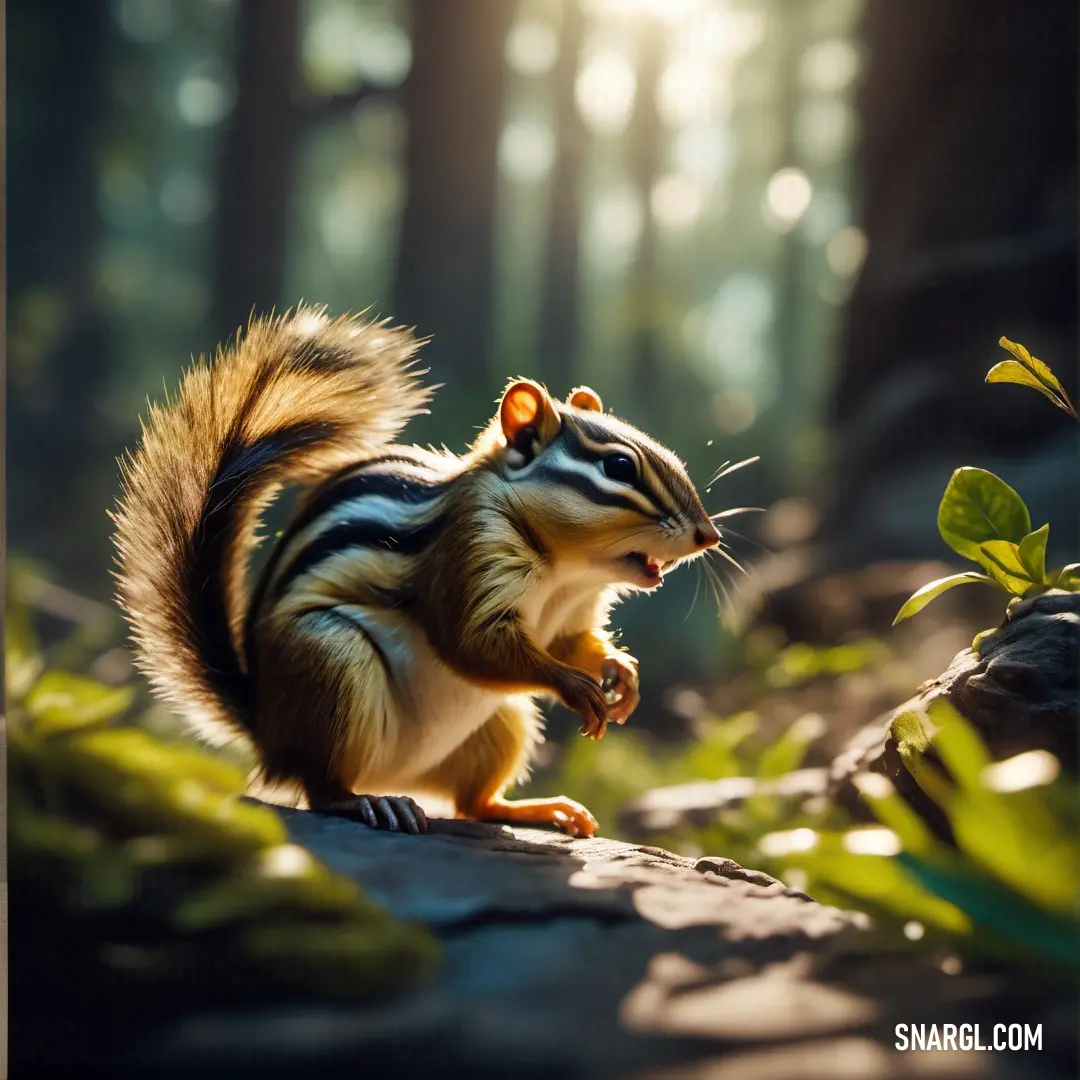
A charming squirrel enjoys a peaceful moment in the forest, nibbling on a snack while surrounded by nature's tranquility.
With a soft sigh of whimsy, the plush chipmunk reached out and accepted the offering, a sparkling aura blooming around it momentarily. As dawn approached, the magic shimmer began to fade, the plush toy settling back into its original form, utterly still.
Sequoia stood transfixed, his heart racing. Outside, sunrise broke, the golden light filtering through the window, filling the loft with warmth. He felt an unshakeable connection, not just with his pet but also with the mysterious magic that seemed to weave through the fabric of everyday life. He chuckled softly, knowing he now had an extraordinary secret to hold with Penny, one that would forever connect them in their earthly adventures.
With a wink and a dash of mischief, Sequoia picked up the plush chipmunk, placing it safely back in the box, a newfound wonder tingling in his heart. "Our little secret," he whispered, looking down at Penny, who blinked back, ready for whatever magical adventure awaited them at the next corner of Maplewood Farm.
